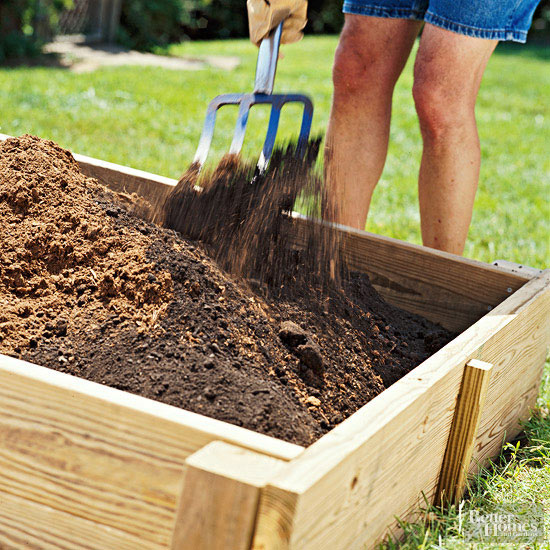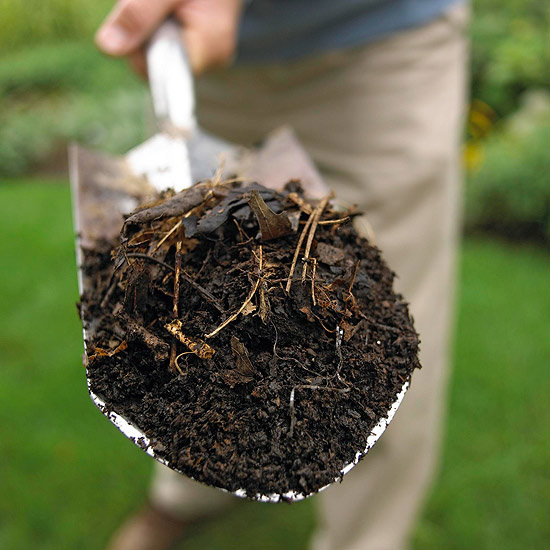






There is no doubt about it; working in heavy soil is a pain in the back. It sticks to your shoes and your tools and seems to be a more challenging option than gardening with sand. But with all the hard work, clay soil has its benefits. It has the capacity to hold on to nutrients that your plants need, and it also holds moisture better than other soil types. With some amendments, you can turn your sticky clay into humus-rich, fertile goodness that your plants will thank you for.

There is a notion in circulation that adding sand to heavy clay soil with help lighten it. That is a myth, and 99 percent of the time it turns your ground into cement. Soil that was treated this way becomes so tough that worms couldn't live in it. Instead, reach for organic matter, such as compost, leaf mold, and well-rotted manure. Organic matter is the best way to amend clay soil: It lightens the soil texture, discourages compaction, adds nutrients, improves drainage and aeration, moderates soil temperature, and provides pore space, which is essential to plant growth.
Amending your soil takes some time and patience but rewards you many times over in the end.
The first step should be to add as much organic matter as you can and mix it into your existing soil as deeply as possible. Before you start, have a soil test done so that you can incorporate lime, phosphorus, or whatever was recommended at the same time you are tilling in the organic matter. If you are creating a new bed this will be much easier. Start the process by using a tiller to loosen the existing soil (if it is a large area) or a spade (if it is a more manageable size). Spread about 2 inches of compost on top of the tilled soil and till that in. Repeat the process two more times. Remember to only work in your clay soil if it is relatively dry. Working or walking on wet clay soil seriously damages the structure you are trying to improve.
If you need to work around existing plants, it will take more time and caution. Autumn is a great time to do this, because the weather is generally drier than in the springtime. Another reason to do this in autumn is because the cooler temperatures are more pleasant to work in, and it becomes an annual part of putting the garden to bed for winter. Spread a few inches of compost over the ground between the plants and use a narrow spade to turn the compost into the soil. Repeat that at least one more time and plant to make that part of your regular routine. Always work in such a way that you are walking backward and not over your freshly turned soil.
In the long term, regular applications of compost, manure, and other organic matter will continue to improve the structure, tilth, and overall health of your soil. It will become much easier for you to work in and easier for your plants to root in.
Learn more about creating rich soil.
One last word on gardening in clay soil: Choose plants that are naturally adapted to growing in clay. It is always better to work with what you have then to try and change it entirely. Happily, for all of us that garden with heavy clay soil, there is an abundance of beautiful plants to choose from.
Discover plants that thrive in clay soil.
Copyright © www.100flowers.win Botanic Garden All Rights Reserved